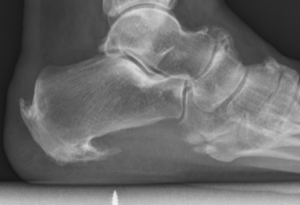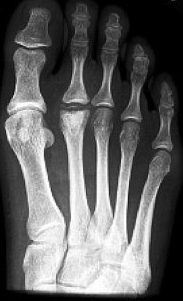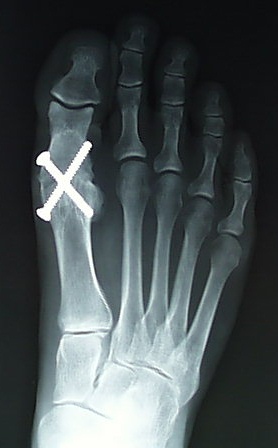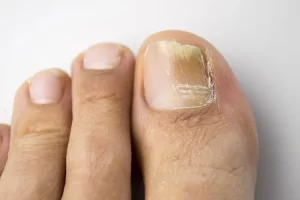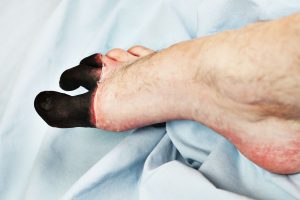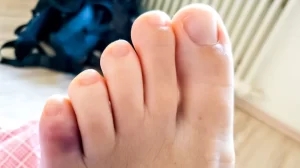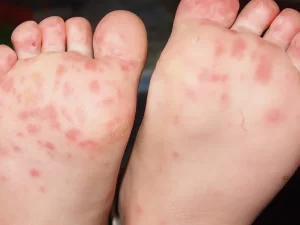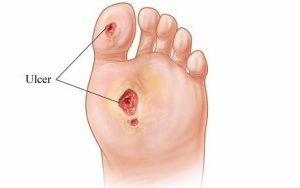
A foot ulcer is an open wound that develops on the skin of the foot. Foot ulcers are most commonly caused by poor circulation, nerve damage, and other medical conditions such as diabetes or peripheral artery disease. They can also be caused by trauma, pressure, or friction on the foot.
Symptoms of foot ulcers may include redness, swelling, tenderness, and drainage or pus from the wound. If left untreated, foot ulcers can become infected, leading to serious complications such as gangrene, bone infections, or even amputation.
Treatment for foot ulcers may include removing dead or infected tissue, applying dressings or bandages to protect the wound, and managing any underlying medical conditions such as diabetes or peripheral artery disease. In some cases, surgery may be necessary to remove infected or damaged tissue or to repair blood vessels in the foot.
Prevention is key in avoiding foot ulcers. It is important to maintain good foot hygiene, wear properly fitting shoes, and regularly inspect your feet for any signs of injury or infection. If you have diabetes or other medical conditions that increase your risk of foot ulcers, it is important to work closely with your healthcare provider to manage your condition and prevent complications.
A foot ulcer is an open wound that develops on the skin of the foot. Foot ulcers are most commonly caused by poor circulation, nerve damage, and other medical conditions such as diabetes or peripheral artery disease. They can also be caused by trauma, pressure, or friction on the foot.
Symptoms of foot ulcers may include redness, swelling, tenderness, and drainage or pus from the wound. If left untreated, foot ulcers can become infected, leading to serious complications such as gangrene, bone infections, or even amputation.
Treatment for foot ulcers may include removing dead or infected tissue, applying dressings or bandages to protect the wound, and managing any underlying medical conditions such as diabetes or peripheral artery disease. In some cases, surgery may be necessary to remove infected or damaged tissue or to repair blood vessels in the foot.
Prevention is key in avoiding foot ulcers. It is important to maintain good foot hygiene, wear properly fitting shoes, and regularly inspect your feet for any signs of injury or infection. If you have diabetes or other medical conditions that increase your risk of foot ulcers, it is important to work closely with your healthcare provider to manage your condition and prevent complications.

